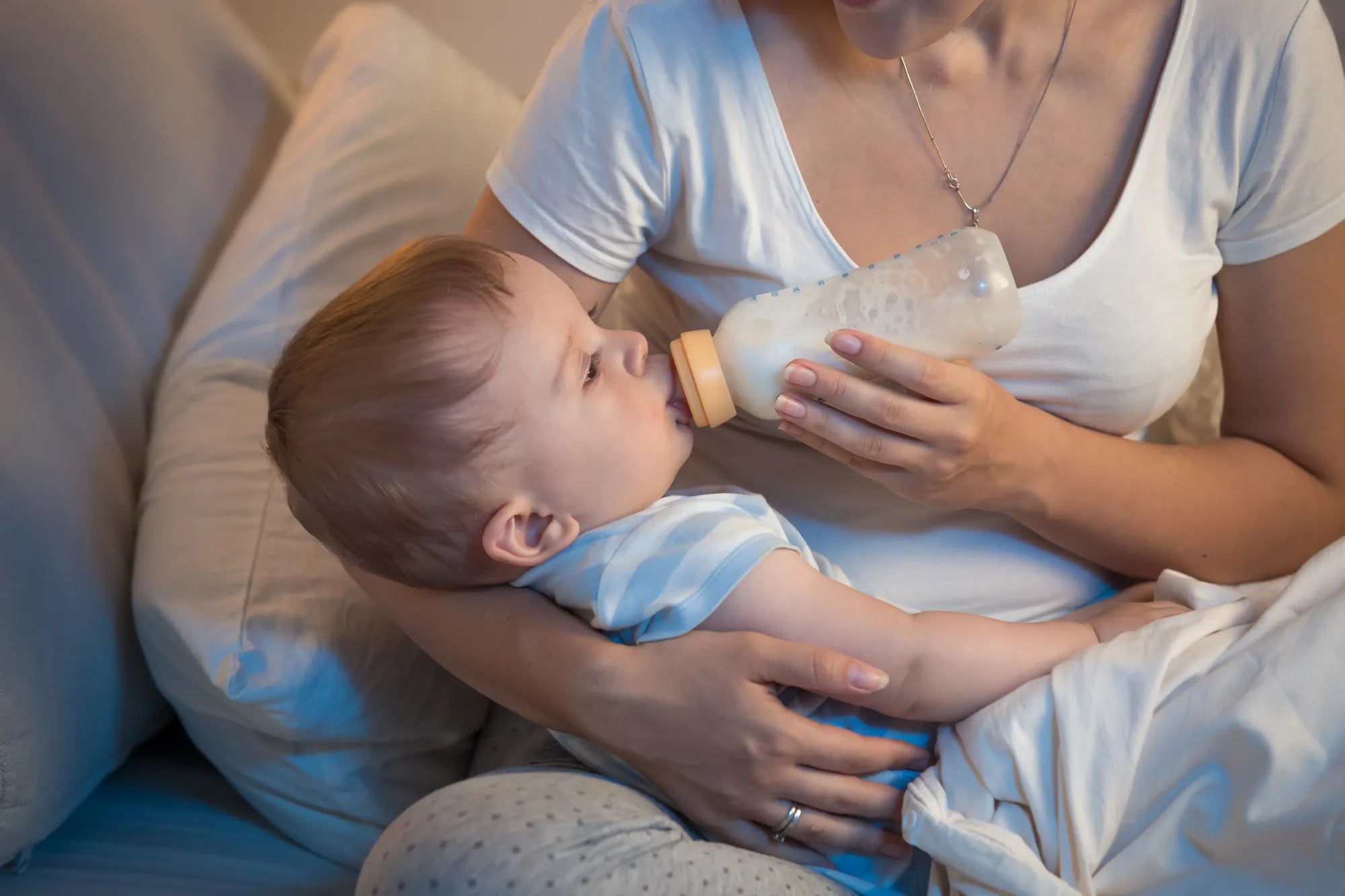Home
Pregnancy, Breastfeeding, and Pumping: The Ultimate Guide for Moms
When to Sterilize New Breast Pump Before First Use: A Comprehensive Guide

When to Sterilize New Breast Pump Before First Use: A Comprehensive Guide
When it comes to preparing a new breast pump for its first use, sterilization is a critical step that should never be overlooked. Ensuring that your breast pump is clean and free from harmful bacteria is essential for the health and safety of both you and your baby. This comprehensive guide will walk you through the importance of sterilization, when to do it, and how to do it effectively.
Why Sterilization is Important
Sterilizing your breast pump before its first use is vital because it eliminates any potential contaminants that may have been introduced during the manufacturing or packaging process. Even if the pump appears clean, microscopic bacteria or residues could still be present. Sterilization ensures that these harmful elements are removed, providing a safe and hygienic environment for expressing milk.
When to Sterilize Your New Breast Pump
The best time to sterilize your new breast pump is immediately after unpacking it and before its first use. This ensures that any contaminants are removed right away, and the pump is ready for safe use. It's also a good idea to sterilize the pump periodically, especially if it hasn't been used for a while or if it has been exposed to potentially unclean environments.
How to Sterilize Your Breast Pump
There are several methods you can use to sterilize your breast pump, including boiling, using a steam sterilizer, or employing chemical sterilizing solutions. Here’s a step-by-step guide for each method:
Boiling Method
1. Disassemble the breast pump completely, removing all parts that come into contact with milk.
2. Place the parts in a large pot and cover them with water.
3. Bring the water to a boil and let it boil for at least 5 minutes.
4. Carefully remove the parts using clean tongs and let them air dry on a clean towel.
Steam Sterilizer Method
1. Disassemble the breast pump and place the parts in the steam sterilizer.
2. Follow the manufacturer's instructions for operating the sterilizer.
3. Once the cycle is complete, allow the parts to cool before handling.
Chemical Sterilizing Solutions
1. Disassemble the breast pump and place the parts in a container.
2. Prepare the sterilizing solution according to the product instructions.
3. Submerge the parts in the solution for the recommended amount of time.
4. Rinse the parts thoroughly with sterile water and let them air dry.
Additional Tips for Maintaining a Clean Breast Pump
Beyond the initial sterilization, it's important to maintain a regular cleaning routine for your breast pump. Always wash your hands before handling the pump and its parts. After each use, disassemble the pump and wash all parts with warm, soapy water. Rinse thoroughly and allow them to air dry. For added safety, consider sterilizing the pump parts once a day, especially if your baby is premature or has a weakened immune system.
Common Mistakes to Avoid
One common mistake is not sterilizing the breast pump before its first use, assuming it's clean straight out of the box. Another mistake is using improper sterilization methods, such as not boiling the parts long enough or not rinsing chemical sterilizing solutions thoroughly. Always follow the recommended guidelines to ensure effective sterilization.
Frequently Asked Questions
How often should I sterilize my breast pump?
It's recommended to sterilize your breast pump before its first use and then periodically, depending on how often you use it. Daily sterilization is ideal for frequent use, while weekly sterilization may suffice for occasional use.
Can I use a dishwasher to sterilize my breast pump?
While dishwashers can clean breast pump parts, they may not reach the high temperatures needed for effective sterilization. It's best to use boiling, steam, or chemical methods for sterilization.
Is it necessary to sterilize the tubing of the breast pump?
Most breast pump tubing does not come into contact with milk and therefore does not need to be sterilized. However, if milk does enter the tubing, it should be cleaned and sterilized immediately.
Ensuring that your breast pump is properly sterilized before its first use is a simple yet crucial step in maintaining a safe and healthy breastfeeding experience. By following the guidelines outlined in this article, you can rest assured that your breast pump is clean, safe, and ready to use. Remember, a little effort in sterilization goes a long way in protecting your baby's health and your peace of mind.
Share
